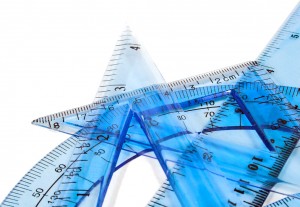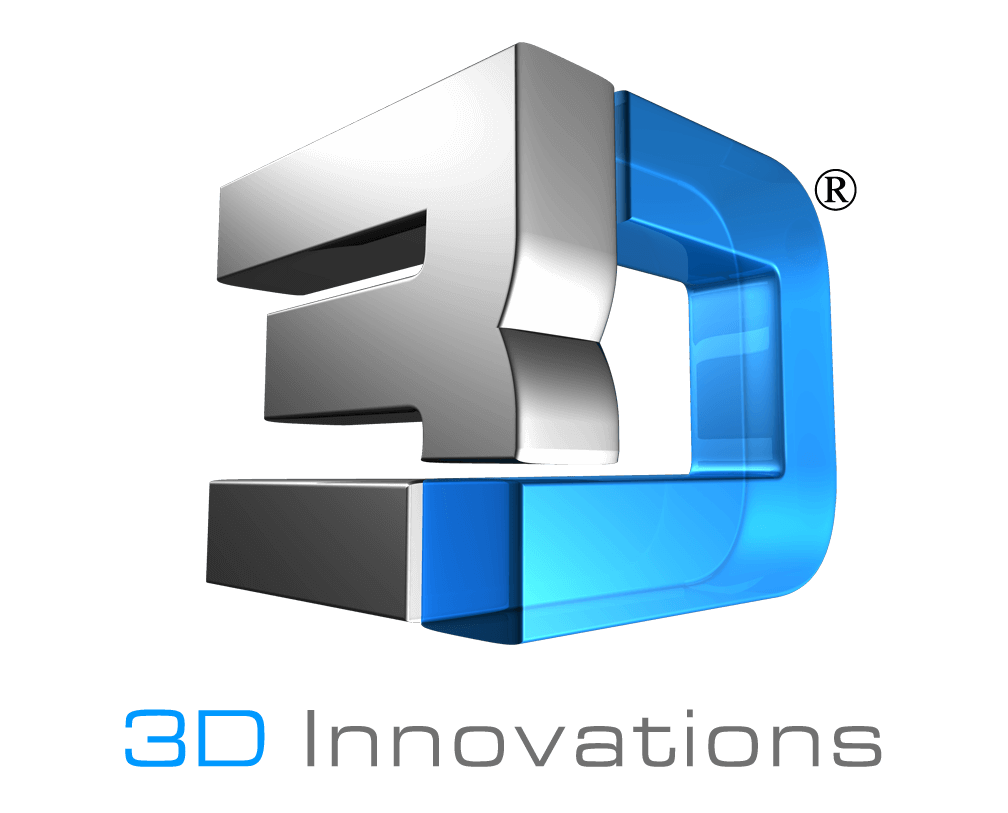Many entrepreneurs are often taken back slightly when they are working on their very first product because of the time and effort involved in product design and development. Below is a summary discussing the design and development phases and what exactly goes on behind the scenes to ensure you launch a successful product.
“Product development is the process of creating a new product to be sold by a business or enterprise to its customers.Design refers to those activities involved in creating the styling, look and feel of the product, deciding on the product’s mechanical architecture, selecting materials and processes, and engineering the various components necessary to make the product work. Development refers collectively to the entire process of identifying a market opportunity, creating a product to appeal to the identified market, and finally, testing, modifying and refining the product until it is ready for production.”
 The task of developing a new product is challenging, time-consuming and can be costly. “Great products are not simply designed, but instead they evolve over time through countless hours of research, analysis, design studies, engineering and prototyping efforts, and finally, testing, modifying, and re-testing until the design has been perfected.”
The task of developing a new product is challenging, time-consuming and can be costly. “Great products are not simply designed, but instead they evolve over time through countless hours of research, analysis, design studies, engineering and prototyping efforts, and finally, testing, modifying, and re-testing until the design has been perfected.”
A good new product is the result a methodical development effort with well defined product specifications and project goals. The first stage of product development is concept development. “During this stage, the needs of the target market are identified, competitive products are reviewed, product specifications are defined, a product concept is selected, an economic analysis is done, and the development project is outlined. This stage provides the foundation for the development effort, and if poorly done can undermine the entire effort.”
Once the concept development stage has been completed, you then move on the the system-level design of the product. “System-level design, or the task of designing the architecture of the product, is the subject of this stage. In prior stages, the team was focused on the core product idea, and the prospective design was largely based on overviews rather than in-depth design and engineering. Designers and engineers develop the product architecture in detail, and manufacturing determines which components should be made and which should be purchased, and identifies the necessary suppliers.”
Once the architecture of the product has been established you move into the design detail phase. “Detail design, or design-for-manufacture, is the stage wherein the necessary engineering is done for every component of the product. During this phase, each part is identified and engineered. Tolerances, materials, and finishes are defined, and the design is documented with drawings or computer files. Increasingly, manufacturers and developers are turning to three-dimensional solid modeling using programs such as Pro-Engineer. Three-dimensional computer models form the core of today’s rapid prototyping and rapid manufacturing technologies. Once the database has been developed, prototype components can be rapidly built on computerized machines such as CNC mills, fused deposition modeling devices, or stereo lithography systems.”
When your design details are complete your product is then ready for testing and refinement. During this phase a number of prototypes are built and refined. These prototypes are necessary to determine whether the performance of the product matches the established specifications. “Models and prototypes are necessary because of the limitations of theoretical work and artificial mediums. A product can be designed and put into simulated use on computer, but one doesn’t really know how it will work until the item is built and tested in its intended environment. Prototyping and modeling efforts begin virtually at the inception of the project and continue into production.”
Once your models have been perfected your product is then ready for production! During this time your product is slowly being assemble. The production is comparably slower because it provides time to work out any final issues with supplier components, fabrication and assembly procedures. Once things get going though, production will ramp-up and you will begin to see the fruit of your labor!
*If you have any question about product design & development, you can contact us at info@3d-innovations.com
Research:
- Robert Q. Riley Enterprises: Product Design & Development: The Generic Process for Developing New Products.
- USA Today: 3-D printing is revolutionizing product development
________
3D Innovations is a full service 3D Engineering/Design company – from the 3D Design to a fully functional 3D Prototype & Product.

